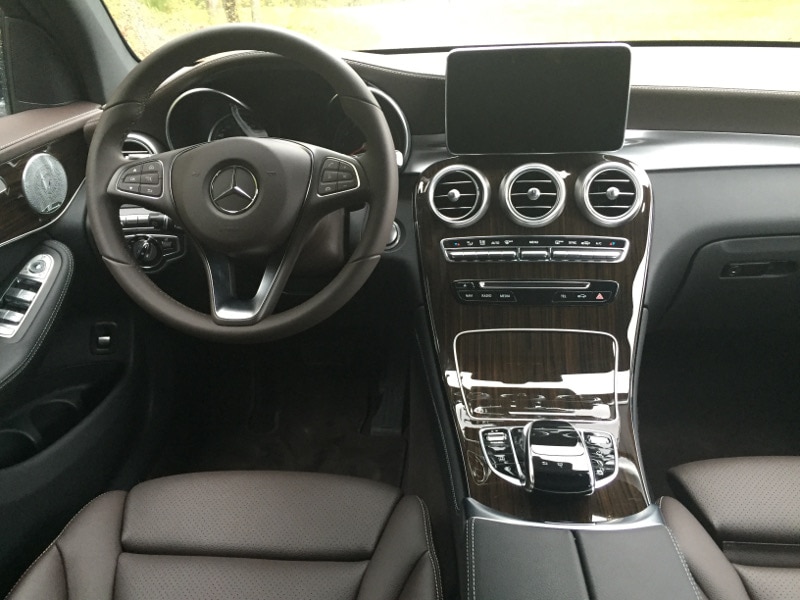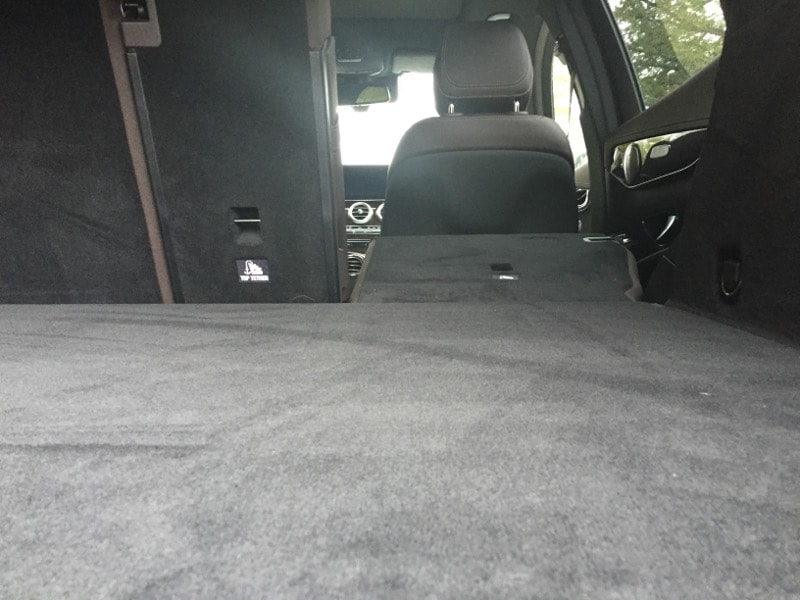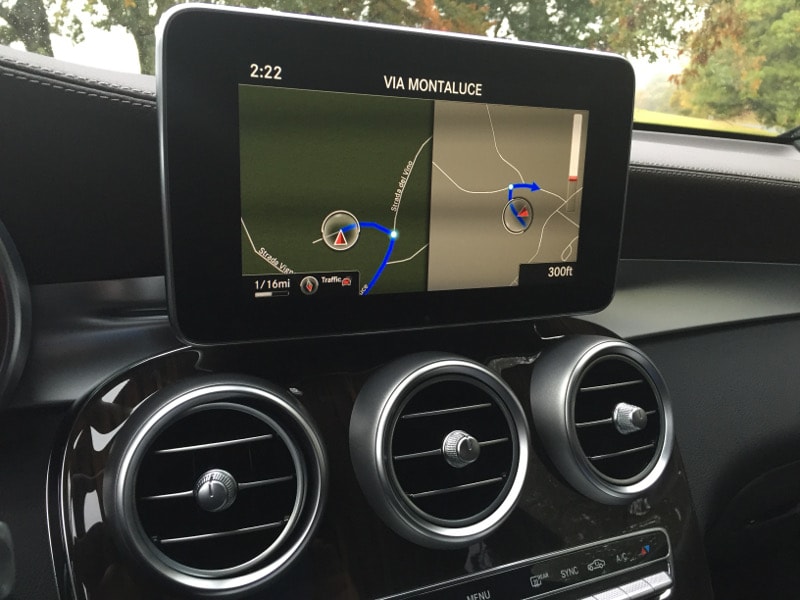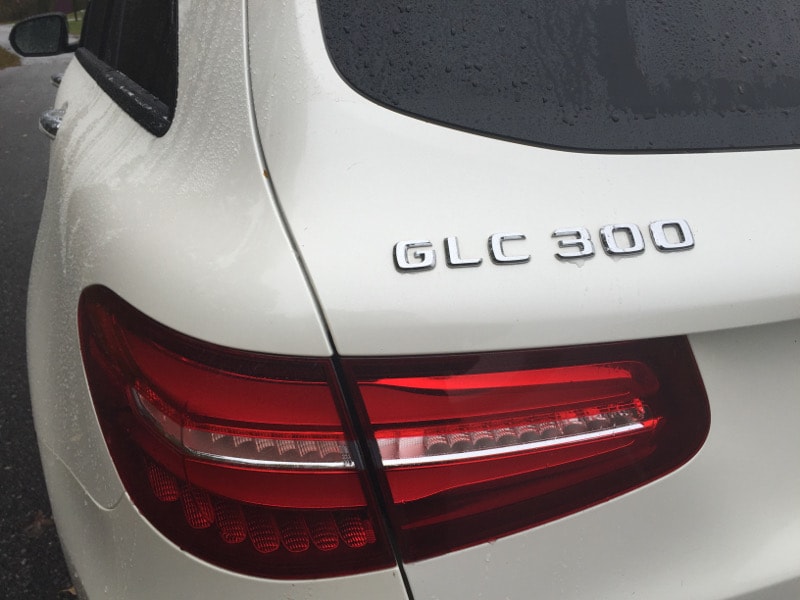Recent Articles
Popular Makes
Body Types
2016 Mercedes-Benz GLC300: First Drive Review

The 2016 Mercedes-Benz GLC300 takes over from the GLK premium midsize crossover. For anyone wondering why C instead of K, it’s because Mercedes-Benz has adopted a naming system for its SUV models (all of whom begin with GL) and take the last letter from the platform on which that particular vehicle is based. For example, the former GL uses the S-Class platform, so it’s now the GLS. Following that logic, the GLC is based on the C-Class. Which is a good thing, because the current C-Class only hit the streets just over a year ago. It’s therefore completely modern and pursues the notion of a smaller S-Class. Now it’s time for a new crossover derivative to enjoy the advances in refinement that went into the sedan.
Models and Pricing
The rear-drive GLC300 starts at $39,875 and the all-wheel-drive GLC300 4Matic starts at $41,875 (both prices include $925 destination charges). There aren’t any trim levels, but Mercedes-Benz offers plenty of options — in packages and standalone. For example, “Designo” matte brown paintwork is $3,950.

Design
If the GLK appeared a little awkward and out of step with the rest of the Mercedes-Benz family, the GLC puts that right. Trying to create something that looks elegant while still offering practicality and passenger space is not an easy task, but Mercedes-Benz has managed to avoid boxiness for the most part. The nose also bears a strong family resemblance (nothing wrong with that). Going merely by the numbers, the new GLC is longer than the GLK by five inches and wider by two inches. This means more room for its five occupants and a 17-percent hike in cargo space.

Interior Features
The current C-Class sedan comes across as an S-Class made smaller. It’s sophisticated, refined, and offers luxuriousness more in keeping with larger cars. Given the close relationship between the sedan and this crossover, it’s not surprising (but still pleasant) to see a similar level of plushness and dashboard architecture. The standard infotainment screen measures seven inches diagonally. Options here include a panoramic sunroof with powered sunshade and a head-up display. Frontbass is the name Mercedes-Benz gives to its practice of installing a subwoofer the other side of the front passenger footwell, first seen in the SL. It works fine, providing a rich low end to complement the audio system’s higher-frequency speakers in the cabin.

Comfort & Cargo
A power-adjustable driver’s seat with memory is standard and at least four of the possible five occupants won’t have to cause to gripe even after a long journey. This situation is enhanced by an extra 2.2 inches of rear legroom compared with the GLK. There’s plenty of space for two adults of average size. “Trunk” space behind the rear seats is 20.5 cubic feet. Fold the seats down for a total of 56.5 cubic feet. Incidentally, releasing the rear seats from their upright position is easily done with the press of a button and the front passenger seat will automatically move forward to provide clearance. There’s also a useful amount of storage space under the load floor, and the standard power tailgate offers an optional hands-free operation — activated by waving a foot under the rear bumper.

Safety
Mercedes-Benz seems to devote as much time, energy and attention to safety as it does to luxury, so it’s virtually a given that the GLC will earn high scores when subjected to independent crash testing. As well as the usual array of mandatory safety features, the GLC’s standard inventory includes a rearview camera, crosswind assist, collision prevention assist plus and driver attention assist. Among the options are radar-based adaptive cruise control, blind spot monitoring with rear cross traffic alert, and active lane-keeping assistance.

Engines and Fuel Economy
Following what is an increasingly common formula, the GLC deploys a 2.0-liter, four-cylinder, turbocharged engine to develop 241 hp and 273 lb-ft of torque. The latter figure comes in at just 1300 rpm, so there’s low-end thrust whenever it’s needed. This is the company’s first mainstream model to have a nine-speed automatic transmission, although it will be followed closely by the revamped GLS and SL lines. No EPA figures as yet, but the company knows what it has to do — in all areas, not just fuel efficiency — and will no doubt achieve its goals.

Performance
What used to be surprising about the GLK was how it differed from expectations of how the ride quality of a Mercedes-Benz should be. Admittedly, its wheelbase was shorter than this model’s, but the suspension was not that well tuned, creating a jiggly ride over even slightly rough surfaces. The longer-yet-lighter (by 176 pounds) GLC copes much better on rough roads and soaks up bumps with a distinct lack of drama. Dynamic Select is standard and allows the choice of five modes: Eco, Comfort, Sport, Sport Plus and Individual. Suspension, throttle, steering and gearshift responses are all tailored to each mode, the last one being a customizable overall setting. The steering feels artificially heavy in Sport Plus mode; Comfort works well for 95 percent of the time. Air Body Control is an optional suspension setup that drops the rear end by 1.6 inches for easier loading. It can also lower the ride height at freeway speeds, making for better aerodynamics, raise it for better ground clearance during off-roading ventures, and provide a flatter cornering attitude. Right now, the GLC is the only vehicle in its class to offer air suspension.

Pros and Cons
: Good looks; plush interior; Mercedes-Benz cachet; air suspension option. : As always with German cars, options are pricey — it’s easy to add another $10,000 to the bottom line — but standard equipment is quite generous.

Final Thoughts
Mercedes-Benz calls this a midsize crossover; the larger GLE slots in between this and the GLS full-size SUV, which makes the GLC a compact-to-midsize crossover in real terms. Either way, the 2016 Mercedes-Benz GLC300 is at the top of the refinement hill. Buyers seeking something along sportier lines might care to check out the BMW X3 and Porsche Macan. Or they could wait until there’s an AMG variant of the GLC. There’s nothing official yet, but surely it’s inevitable.
